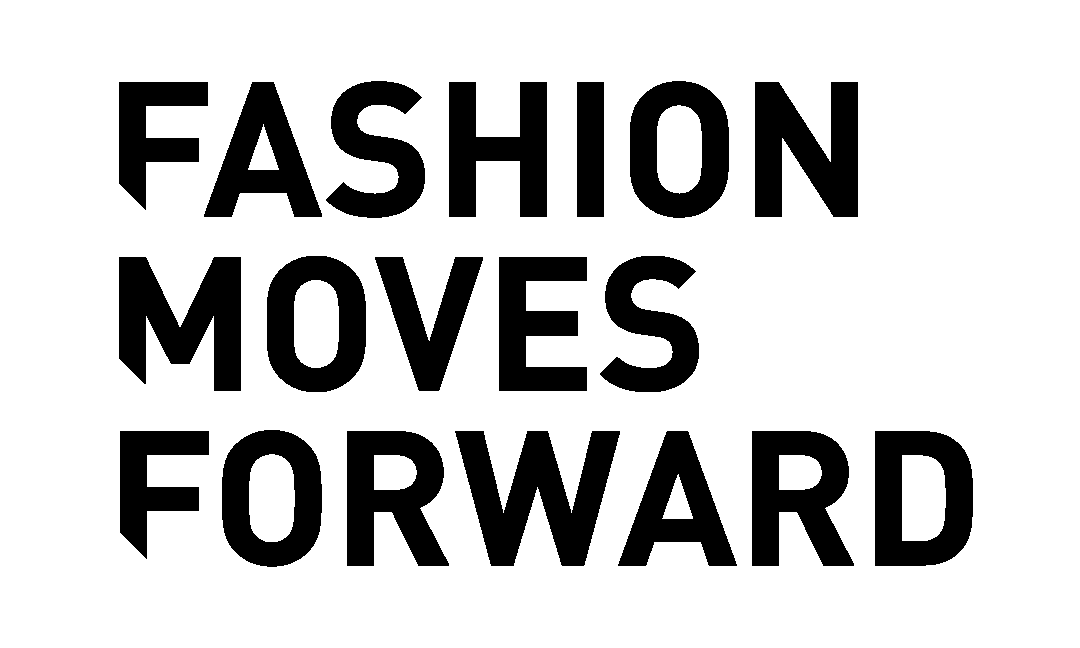GAP, Telfar, & Yeezy: Why Couldn't We Have Both?
On January 16th - seemingly ages ago - Telfar Clemens, founder of NYC-based, gender-free label, Telfar, took over GAP’s Tronchet store in Paris to celebrate the announcement of what seemed like the saving grace for a brand many of us wore growing up. Predicted to sell out expeditiously, Telfar’s collaboration with GAP was meant to reinterpret the garments we wear every day, to rethink the ordinary and reinstate the love and appreciation for the garments that take us through our lives. The GAP takeover was an extension of Telfar Clemens’ much-talked-about, Renaissance-inspired F/W 2020 showing at Pitti Uomo. The celebration at GAP served as “an extension of the party that we had in Florence, an extended celebration of the things to come, and a continuation of the tour,” said Telfar Clemens. “We are celebrating this new collaboration that’s going to spread our message of clothing to all of America and all over the world,” he continued.
Telfar brought GAP into the Paris Fashion Week fold with their involvement being a first in the brand’s history. He turned the three-story flagship into an after-hours underground club that perfectly suited the occasion and the collaboration. The event was a star-studded night filled with Clemens’ friends, collaborators and supporters of all genders and origins ranging from the music, fashion, and art scenes. When asked of his GAP collaboration, Clemens stated, “The type of brand that I am, I’m influenced by the GAP way of merchandising and designing things.” Telfar continued, “The GAP customer was supposed to be everybody, literally anybody.” It’s not difficult to imagine why the collaboration was one the entire fashion world seemed to look forward to.














After being “indefinitely-postponed” due to the COVID-19 pandemic, on June 27th, it was brought to the attention of the fashion world that the Telfar collaboration was shelved for the foreseeable future, despite GAP’s possession of the initial samples for the collaboration in their possession. After the announcement was made, it circled that Telfar had not been paid at all for the work that had already been done for the collaboration with GAP no longer responding to emails sent by Telfar’s team. GAP soon issued an official statement in response to the rumors circulating around the fashion world: "While we’ve chosen not to move forward with the Gap x Telfar partnership at this time, we’re making whole on our payment regardless and have only respect and appreciation for Telfar’s time and vision.”
On June 26th, just one day earlier, Kanye West announced his 10-year partnership with GAP, officially titled “Yeezy GAP.” He also announced he brought on the Nigerian-British designer Mowalola as design-director for the partnership. The focus of the collaboration and direction is to create “modern, elevated basics for men, women and kids at accessible price points.” GAP speculated that by the five-year mark in the partnership that the Yeezy GAP collaboration will be generating more than one billion USD in revenue. To give some perspective, even though GAP has been flailing during recent years (and COVID-19 certainly not helping the problem), they still generated roughly $4.6 billion USD in global revenue in 2018.
The partnership with GAP is definitely a milestone for Kanye West, who worked at GAP in his teens. He has always expressed a deep interest of wanting to work with the brand and fulfill his dreams of bringing his designs to the masses in the best way possible. In a 2015 interview West stated he wanted to be “the Steve Jobs of GAP.” The partnership is extremely promising and with an incredible talent like Mowalola brought into the fold, this could be the saving grace GAP has been yearning for.
This entire scenario shows that the collaborations with emerging designers, especially those of color, with giant, established fashion houses tell a story of something the fashion world must address. According to Telfar: “A vast power imbalance, perpetuated by the narrative of ‘inclusivity,’” or “being allowed to appear in territory owned by white people.” It also tells the story of how a large company that has been scrambling to turn a profit has completely failed in basic systems and communication. Clemens has expressed dismay with how social media has depicted the fiasco, painting he and his team as victims or the idea of playing “fame and skin color against each other.” Clemens and his team want to shift the focus to the mechanics of what truly happened rather than a fabricated narrative shown to pit black designers against one another.
It is important to note that this was never about Telfar vs. Yeezy, although it isn’t unreasonable to draw this conclusion from the madness. The potential and current collaborations were monumental moments in fashion and beg the question - why couldn’t we have both?




